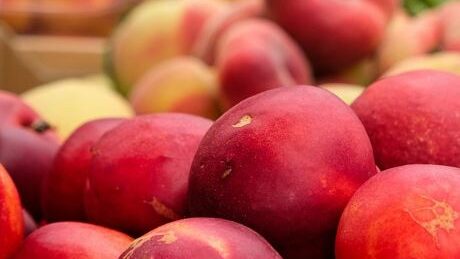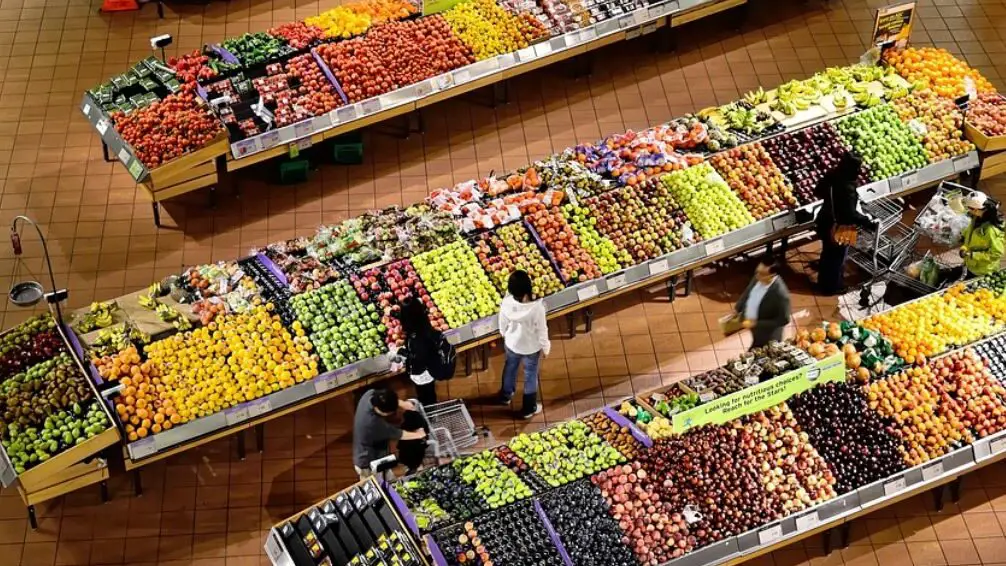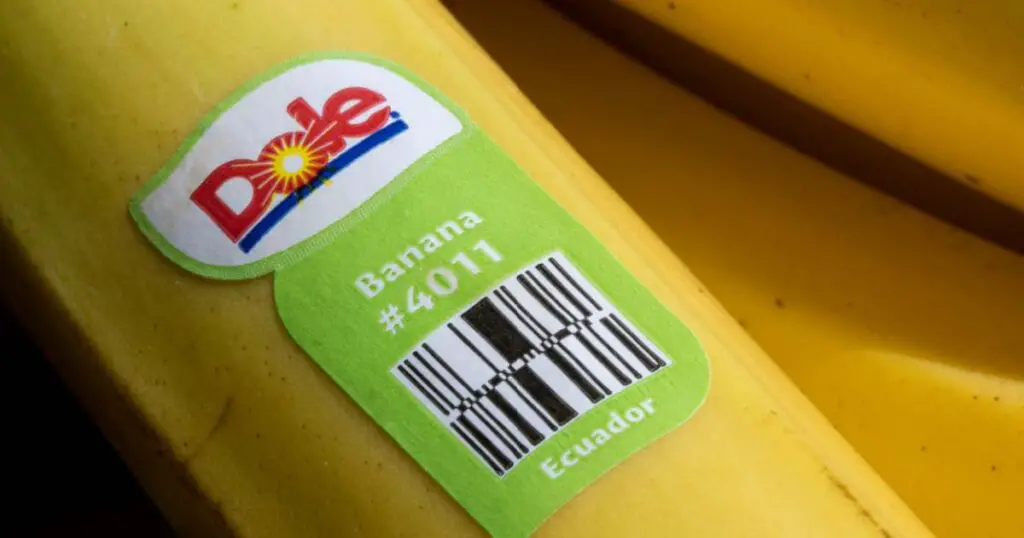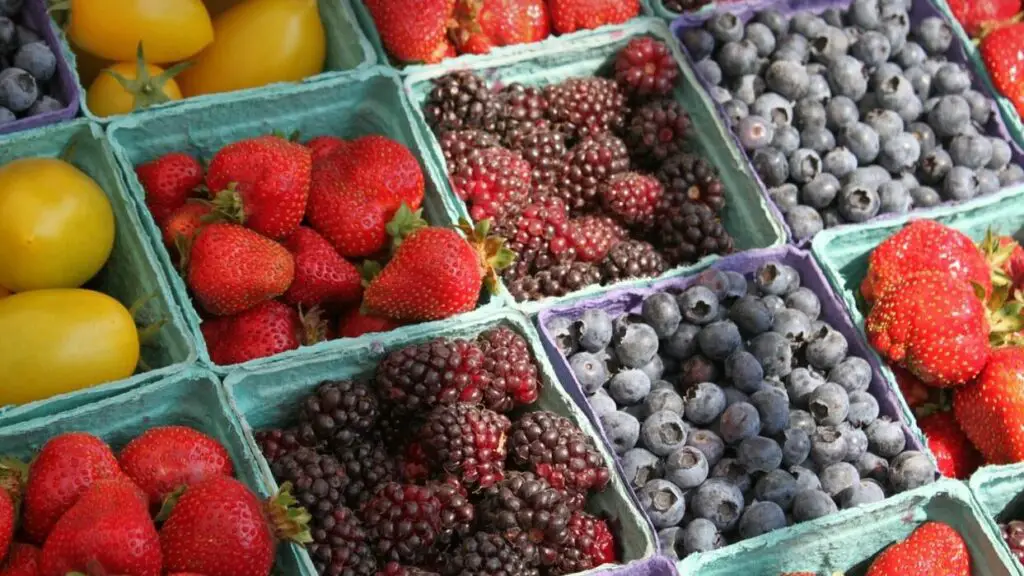For nearly two decades most of us can remember tuning in to see the latest adventures of the most famous dog on TV – Lassie.
This much-loved Rough Collie dog and her human companions graced our screens for 17 seasons from 1954 to 1973 and even made the transition from black and white to color in the ’60s.
But who could forget the adorable little boy who joined the show in its fourth season when he and his family adopted Lassie – 7-year-old Timmy Martin.

Now Jon Provost, who played Timmy, has celebrated his 74th birthday and shares the joy he had filming with his four-legged friend and how he was discovered by Hollywood at just 3 years old.
The Los Angeles-born actor said when he was 3 years old he was taken to an audition for a Jane Wyman movie because his mom was a huge fan and hoped to get her autograph. But, out of the 200 kids auditioning for the part, Jon got it.
It was far from evident that Jon would become an actor. His father worked with something completely different – he was an aeronautical engineer.
”My parents weren’t Hollywood people. My father is from Alabama and my mother is from Texas,” Jon said.

At age 4, he landed a role in a Grace Kelly and Bing Crosby movie.
“I didn’t have an agent. I got one and that led to more movies like The Country Girl with Bing Crosby and Grace Kelly. I did about 12 movies before I started ‘Lassie’”, he told Fox News.
Three different Lassies
Recalling the bonds he formed with the three different male dogs that played the part of the female Lassie, Jon said he developed the biggest bond with the last dog to play Lassie.

“I did the show for seven years, 249 half-hour episodes. I worked with three different Lassies. The last dog I worked with, I worked with him for five years alone,” he told Fox News.
“We grew up together. For five years, we saw each other five days a week and sometimes on weekends.
Revealing how well behaved the dog was he added: “The actors made more mistakes than the dog. They were more of a problem,” he laughed.

After leaving the show at 14 years old he starred alongside the likes of Natalie Wood and Kurt Russell and never fell into the Hollywood child actor trap saying: “My parents let me pretty much do what I wanted to do. I didn’t have to take a job.
“When I left Hollywood, I thought it was good that I did.”

Today Jon lives out of the limelight in Northern California but still gets fan mail from his time in “Lassie”. In 1994, the actor received a star on the Hollywood Walk of Fame.
Meanwhile, Lassie, the canine character, became so popular that she even had a “Lassie” riveting radio series.
Jon Provost wife
In 1979, Jon Provost tied the knot with Sandy Goosens. Together, they had two children, Ryan and Katie.
After being married for 14 years, the two divorced on December 20, 1993.
In 1999, Jon Provost found love again when he married Laurie Jacobson, a well-known researcher, and author.
I was such a fan of the adventures this sweet duo got up to. And with a moral to every episode, it was the perfect show for kids.
Please share with all the “Lassie” fans you know.
What those numbers on fruit stickers really mean
When it comes to groceries, we usually pay attention to the brand and the expiry date, but when it comes to fruits and vegetables most of us pick the ripe ones that look appealing to the eye. The truth is that fruits and vegetables are also labeled, but not many pay attention to those numbers mostly because they don’t even know what they stand for.
Numbers on fruit stickers like 9
Numbers on fruits serve more than the single purpose of identify how much the item should ring up. In fact, they provide valuable information about the product. If you notice fruit stickers starting with the numbers 9, out of five digits, it indicates that the fruit has been grown organically.

Number 8
If the five-digit number the fruit is labeled with starts with the number 8, it means the product has been genetically modified. GMO foods are controversial as many believe they cause and trigger allergies. This technology is often used in agriculture to enhance the resistance of crops to pests and diseases, improve tolerance to herbicides, or increase nutritional content.
Currently, researchers still investigate the long-term effects, if any, on humans. Some of the most notable GMO fruits are papayas, apples, plums, strawberries, and grapes, among the rest.

4-digit code
A 4-digit code starting with either number 3 or 4 signifies the food isn’t organically grown. Instead, it has likely been “conventionally grown.” The meaning of conventionally grown food refers to the way they are fertilized. While organic produce uses organic matter like compost and is mechanically or biologically treated for weeds, conventional methods use synthetic fertilizers and pesticides.

The debate about the environmental impacts and possible future health complications involving conventional food-growth methods is ongoing.
Dr. Tamika D. Sims, the senior director of food technology communications in Atlanta Georgia, says both organic and synthetic fertilizers have been “federally regulated.”

According to him, people shouldn’t worry about the numbers on fruits and vegetables they consume but rather focus on reaching a well-balanced diet with a variety of foods needed for good health.
When it comes to picking the right fruits and vegetables, the number of digits also matters. A 4 or 5-digit number indicates where and how the food was grown, in addition to the size and type of food purchased, but when the product is labeled with a sticker consisting of more than five digits, it means it’s not included in the “internationally standardized system.”

For most, going grocery shopping is a dull task they tend to complete as swiftly as possible.
However, knowing that the food we consume is crucial for our survival and maintaining our health and fitness, we should all pay more attention when choosing the food we purchase. The International Federation for Produce Standards is dedicated to “improving supply chain efficiency” which involves, among other responsibilities, ensuring the provision of high-quality ingredients and “establishing and unifying international standards.”

This system was first implemented during the 90’s, when stickers on fruits and vegetables were added. Categorizing these items with numerical codes was to guarantee high quality. The IFPS has issued more than 1,400 such codes. However, since the system is optional, not all fruits and vegetables in stores have been inspected or approved by the IFPS or meet global standards.
Those people who care of the choice of food they consume can find the knowledge behind the meaning of numbers on fruits and vegetables useful. This knowledge can also expedite the self-checkout process by simply entering the PLU code instead of searching for the item by name. The PLU code system is an excellent method to track the delicious and nutritious foods that travel worldwide.



Leave a Reply